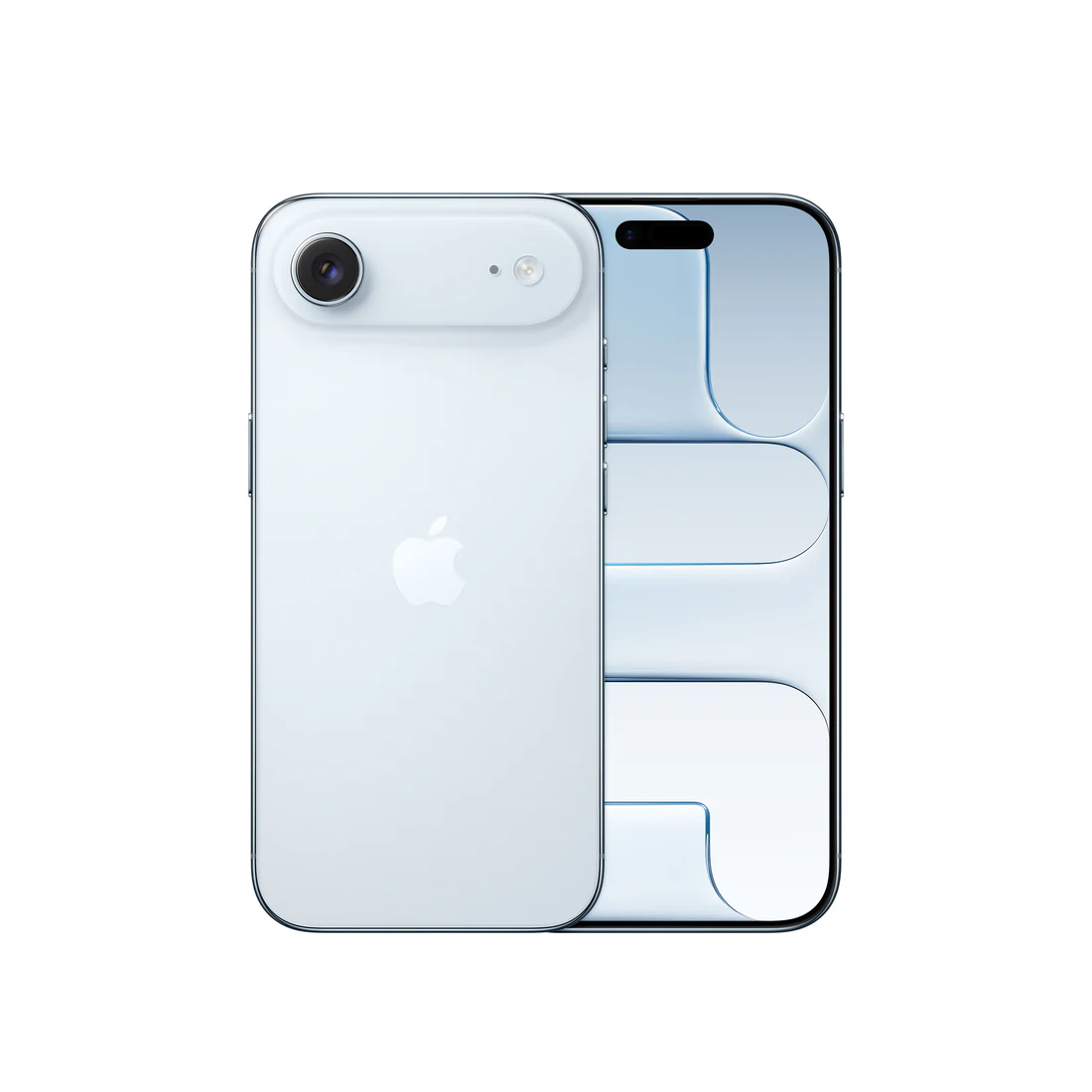The Evolution of the iPhone: A Journey Through History
The iPhone is more than just a smartphone—it’s a cultural phenomenon that transformed the way we communicate, work, and live. Since its debut in 2007, the iPhone has shaped the smartphone industry, set benchmarks for design and technology, and redefined user experience. Let’s take a journey through the history of the iPhone and see how it evolved into one of the world’s most iconic devices.
2007: The First iPhone – A Revolution Begins
On June 29, 2007, Apple launched the very first iPhone, introduced by Steve Jobs as a combination of an iPod, a phone, and an internet communicator. With its sleek design, multi-touch display, and lack of a physical keyboard, it revolutionized mobile technology.
2008–2009: iPhone 3G and 3GS – The App Era
In 2008, the iPhone 3G brought faster internet speeds and the App Store, opening the door for developers worldwide. By 2009, the iPhone 3GS introduced improved performance, better cameras, and video recording. These versions made the iPhone more than just a phone—it became a platform for innovation.
2010–2011: iPhone 4 and 4S – Redefining Design
The iPhone 4, launched in 2010, introduced the famous Retina display and a stunning glass-and-steel design. In 2011, the iPhone 4S featured Siri, Apple’s voice assistant, which changed how users interacted with their devices.
2012–2013: iPhone 5, 5C, and 5S – Style Meets Security
The iPhone 5 was thinner, lighter, and came with a larger 4-inch screen. In 2013, Apple launched two models: the colorful iPhone 5C and the advanced iPhone 5S, which introduced the Touch ID fingerprint sensor—a groundbreaking feature in mobile security.
2014–2015: iPhone 6, 6 Plus, 6S, and 6S Plus – Bigger and Better
Responding to consumer demand for larger screens, Apple launched the iPhone 6 and 6 Plus in 2014. A year later, the 6S series introduced 3D Touch and a much stronger processor, marking a new level of performance.
2016–2017: iPhone 7, 7 Plus, and iPhone X – Bold Changes
The iPhone 7 series removed the headphone jack, sparking global debate, but also improved water resistance and camera technology. In 2017, Apple celebrated the iPhone’s 10th anniversary with the iPhone X—featuring an edge-to-edge OLED display, Face ID, and no home button. It set the stage for the modern smartphone design we know today.
2018–2020: iPhone XS, XR, 11, and SE (2nd Gen)
Apple continued refining its technology with better displays, processors, and camera systems. The iPhone XR brought high-end features at a lower price, while the iPhone 11 became hugely popular for its dual and triple-camera innovations. The iPhone SE (2020) revived the compact design with powerful hardware, appealing to budget-conscious users.
2020–2022: iPhone 12, 13, and 14 Series – 5G and Cinematic Power
The iPhone 12 series introduced 5G connectivity and the new flat-edge design. The iPhone 13 brought improved battery life and cinematic video capabilities, while the iPhone 14 featured crash detection and emergency satellite communication—focusing on safety as much as performance.
2023 and Beyond: iPhone 15 and the Future
The iPhone 15 continues Apple’s legacy with USB-C charging, an advanced camera system, and powerful chips built for AI and AR experiences. With Apple constantly pushing boundaries, the iPhone remains at the heart of innovation.
Conclusion
From the first-generation iPhone in 2007 to the latest iPhone 15, Apple’s journey is one of creativity, boldness, and technological mastery. The iPhone has not only transformed the smartphone market but also influenced modern culture and lifestyles worldwide. As technology advances, the iPhone will continue to play a defining role in shaping the future of communication and innovation.

